2On October 26, 2022, Krzysztof Adamski and Tinco Boekestijn from ING Group delivered a keynote speech “Efficient Scheduling Of High Performance Batch Computing For Analytics Workloads With Volcano” at KubeCon North America. The speech focused on how Volcano, a cloud native batch computing project, supports high-performance scheduling for big data analytics jobs on ING’s data management platform. More details: KubeCon + CloudNativeCon North America
Introduction to ING
Internationale Nederlanden Groep (ING), a global financial institution of Dutch origin, was created in 1991 with the merger of Dutch insurer Nationale-Nederlanden and national postal bank NMB Postbank.
ING provides services in more than 40 countries around the world. Core businesses are banking, insurance, and asset management. Their 56,000 employees serve 53.2 million customers worldwide, including natural persons, families, businesses, governments, and organizations such as IMF.
Business Background
Regulations and restrictions on banking vary depending on the country/region. Data silos, data security, and compliance requirements can be really challenging. It is not easy to introduce new technologies. Therefore, ING builds their Data Analytics Platform (DAP) to provide secure, self-service functionality for employees to manage services throughout the entire process.
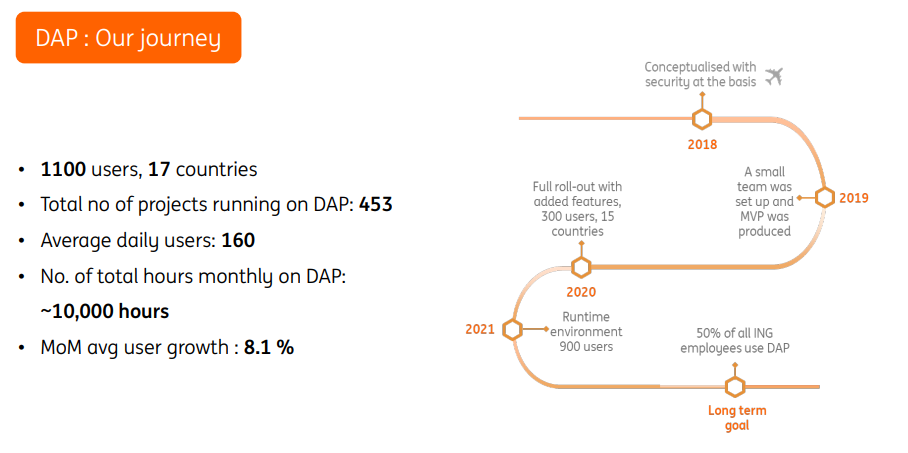
In 2013, they conceptualized data platform. In 2018, ING introduced cloud native technologies to upgrade their infrastructure platform. Since then, more and more employees and departments turn to the platform, and by now, there are more than 400 projects on the data index platform.
They aim to meet all analytics needs in a highly secure, self-service platform that has the following features: - Open source tool model - Powerful computing - Strict security and compliance measures - One platform for all - Both global and local
Challenges and Solutions
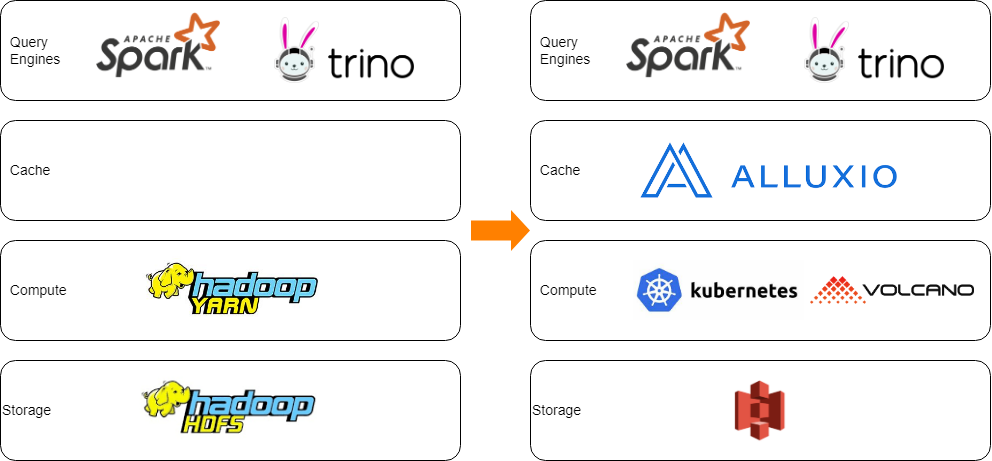
ING is shifting from Hadoop to Kubernetes. They met some challenges in job management and multi-framework support. For example:
- Job management
- Pod scheduling: Unaware of upper-layer applications.
- Lack of fine-grained lifecycle management
- Lack of dependencies of tasks and jobs
- Scheduling
- Lack of job-based scheduling, such as sorting, priority, preemption, fair scheduling, and resource reservation
- No advanced scheduling algorithms, such as those based on CPU topology, task topology, IO-awareness, and backfilling
- Lack of resource sharing among jobs, queues, and namespaces
- Multi-framework support
- Insufficient support for frameworks such as TensorFlow and PyTorch
- Complex management of each framework (such as resource planning and sharing)
Managing applications (stateless and even stateful ones) with Kubernetes would be a perfect choice, if Kubernetes is as user-friendly as Yarn in the scheduling and management of batch computing jobs. Yarn also provides limited support, for example, on TensorFlow and PyTorch. Therefore, ING looked for better solutions.
Kubernetes + Hadoop
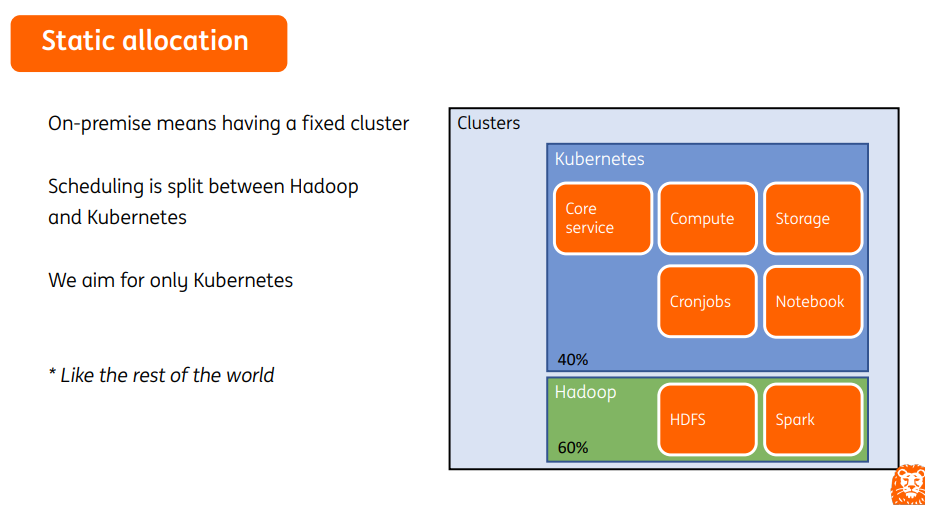
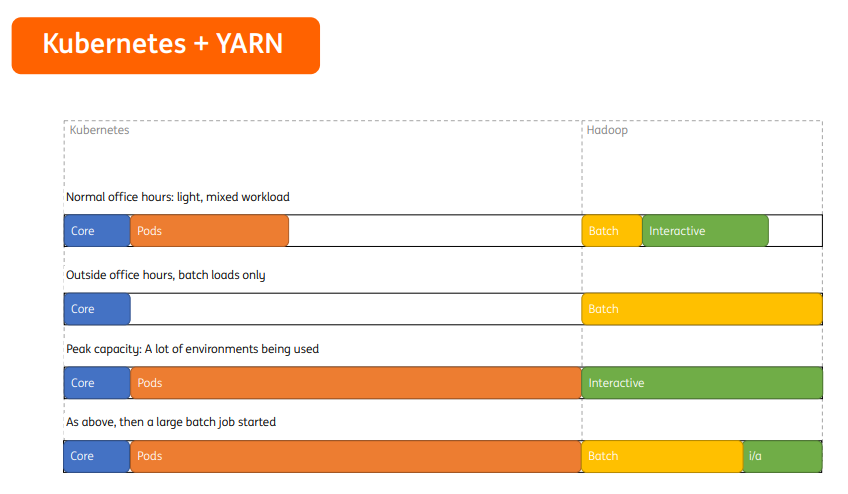
Kubernetes with Volcano
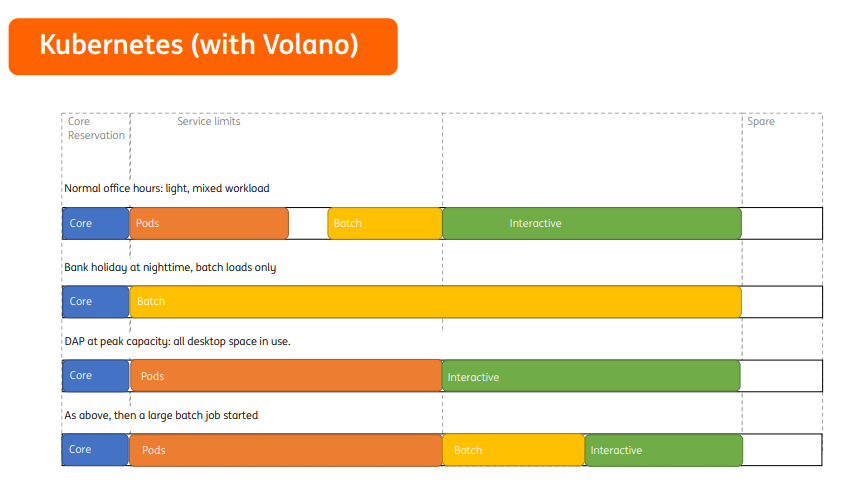
For example, during office hours, idle resources of common service applications can be used by batch and interactive applications temporarily. In holidays or nights, batch applications can use all cluster resources for data computing.
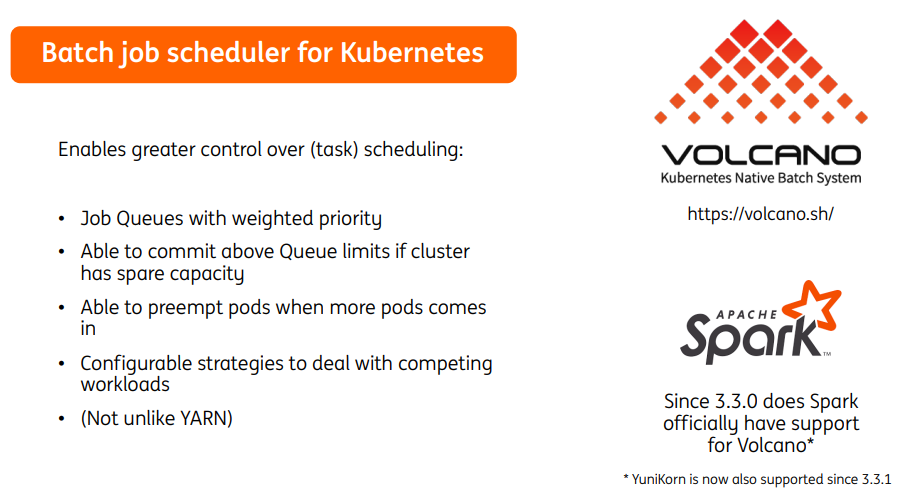
- Job queues with weighted priority
- Able to commit above queue limits if the cluster has spare capacity
- Able to preempt pods when more pods come in
- Configurable strategies to deal with competing workloads
- Compatible with Yarn scheduling
Volcano supplements Kubernetes in batch scheduling. Since Apache Spark 3.3, Volcano has become the default batch scheduler of Spark on Kubernetes, making it easier to install and use.
Highlighted Features
Redundancy and Local Affinity
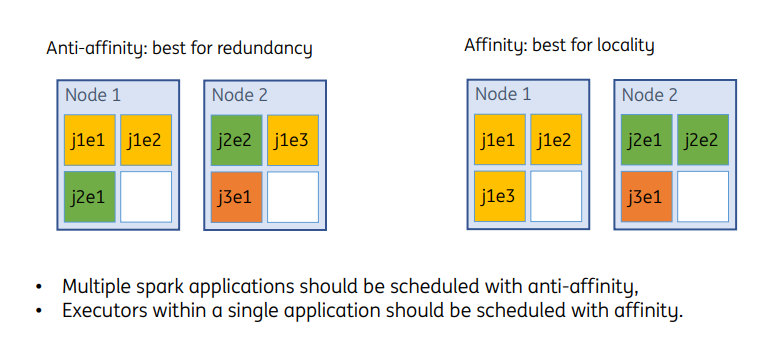
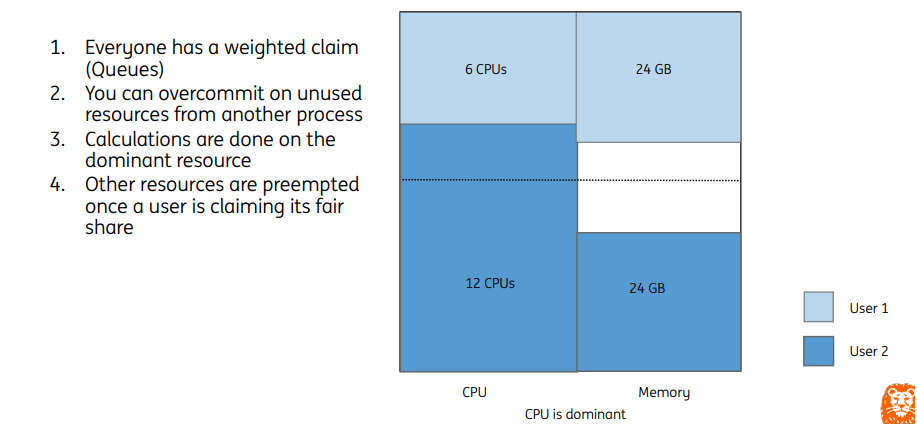
For example, a cluster has 18 CPUs and 72 GB memory in total. User1 and User2 are each allocated one queue. Any submitted job will get its scheduling priority based on the dominant resource.
- For User1, the CPU share is 0.33 (6⁄18), the memory share is 0.33 (24⁄72), and the final share is 0.33.
- For User2, the CPU share is 0.67 (12⁄18), the memory share is 0.33 (24⁄72), and the final share is 0.67.
Under a DRF policy, the job with a lower share will be first scheduled, that is, the job committed by User1.
Queue resources in a cluster can be divided by configuring weights. However, overcommitted tasks in a queue can use the idle resources in other queues. In this example, after using up the CPUs of its own queue, User2 can use the idle CPUs of User1. When User1 commits a new task, it triggers resource preemption and reclaims the resources occupied by other queues.
Resource Reservation
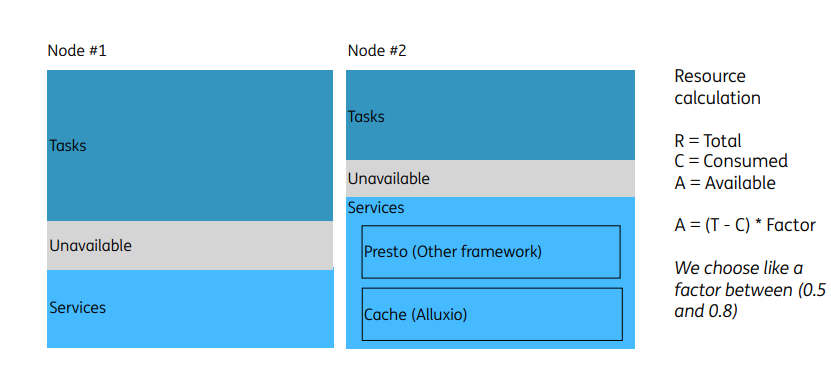
DRF Dashboard
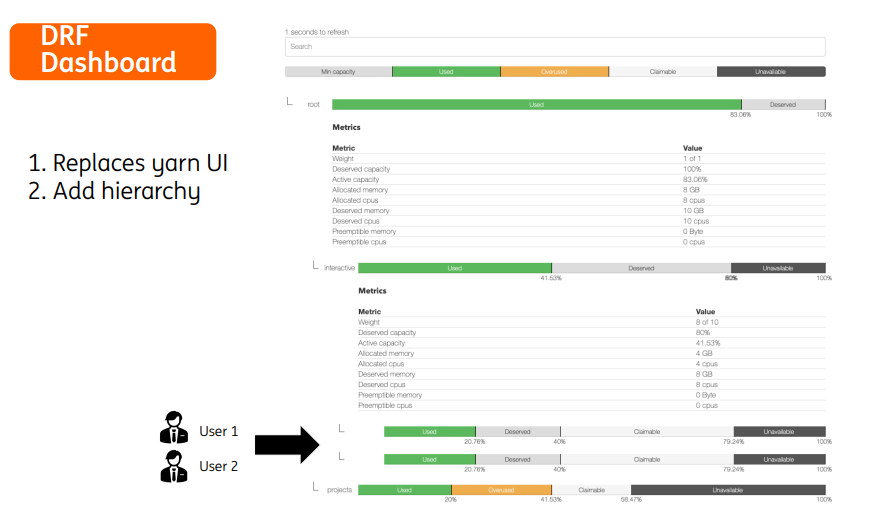
ING is considering displaying the peak hours of cluster use to provide users with more information. With this, users can decide when to start their tasks based on the cluster resource readiness, improving computing performance without complex configurations in the background.
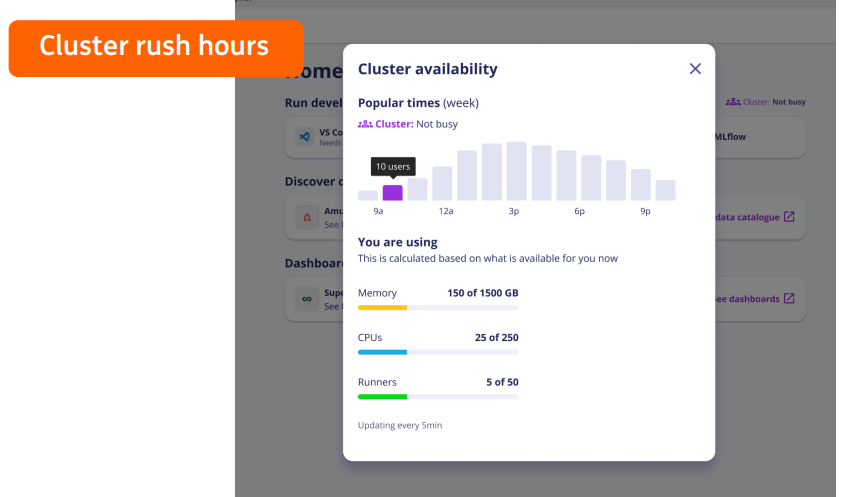
Summary
Volcano abstracts batch task scheduling, allowing Kubernetes to better serve ING in task scheduling. ING will contribute their developed functions to the community, such as the DRF dashboard, idle resource reservation on each node, auto queue management, new Prometheus monitoring metrics, Grafana dashboard updates, kube-state-metrics update, and cluster role restrictions.
